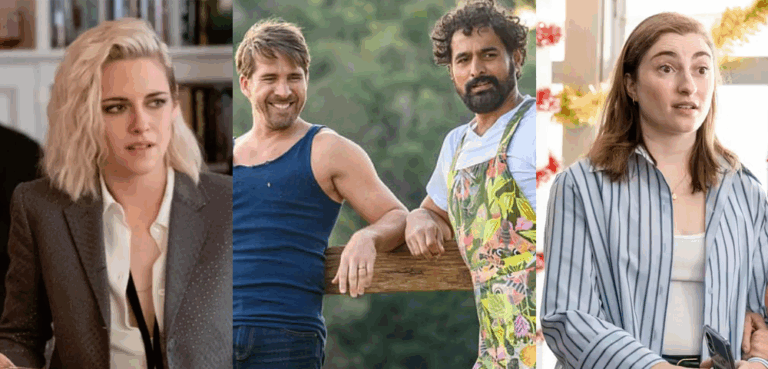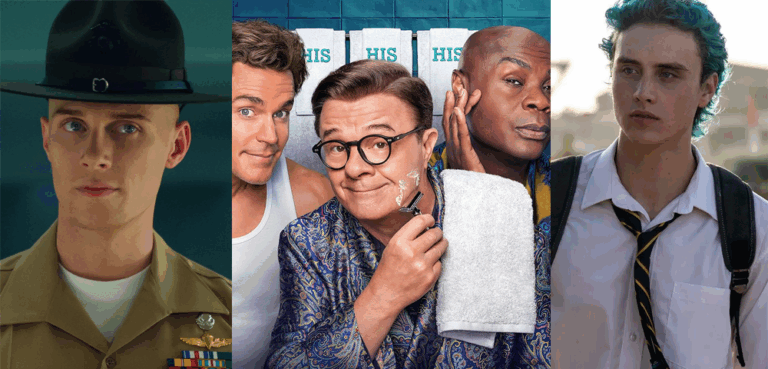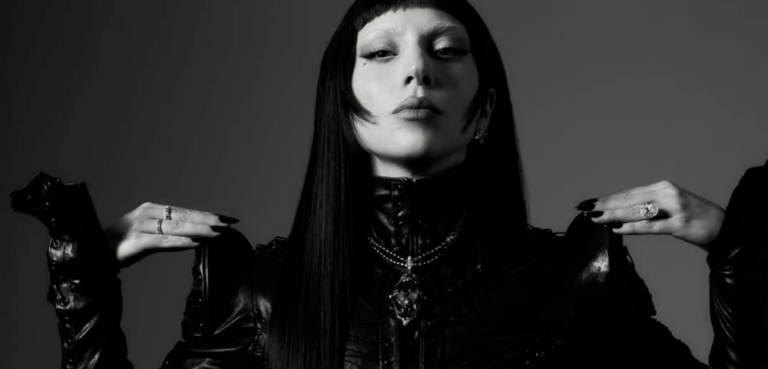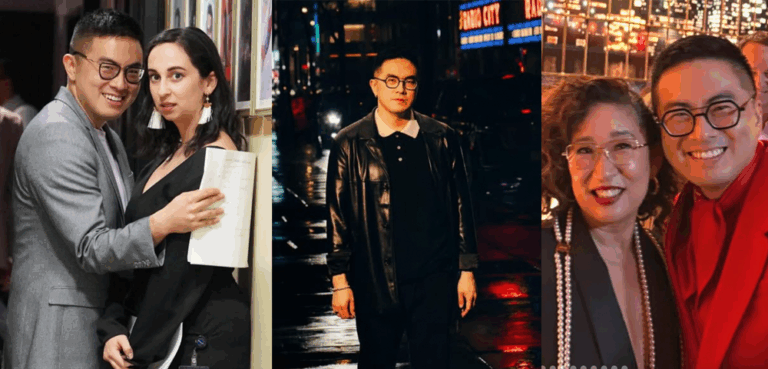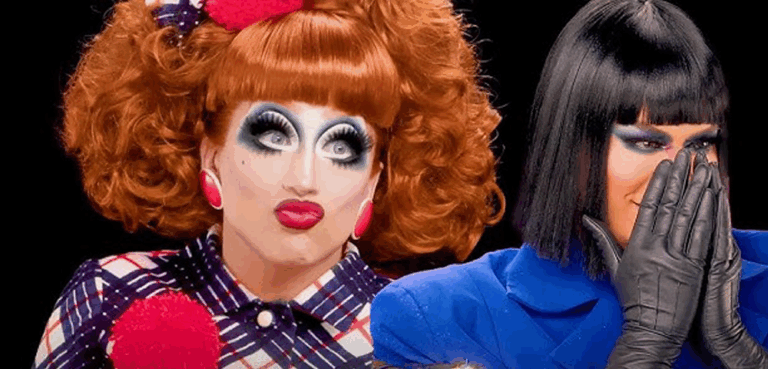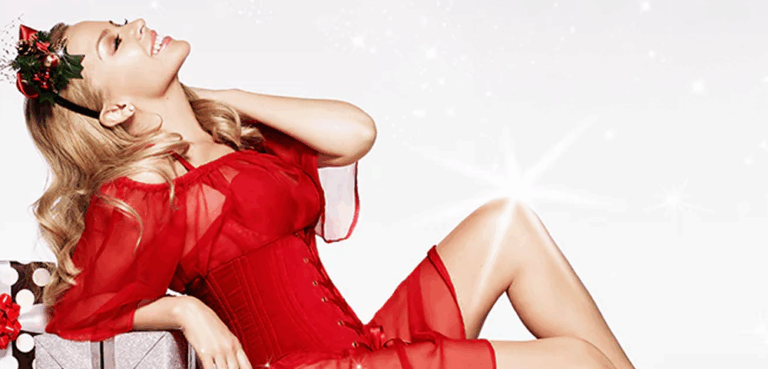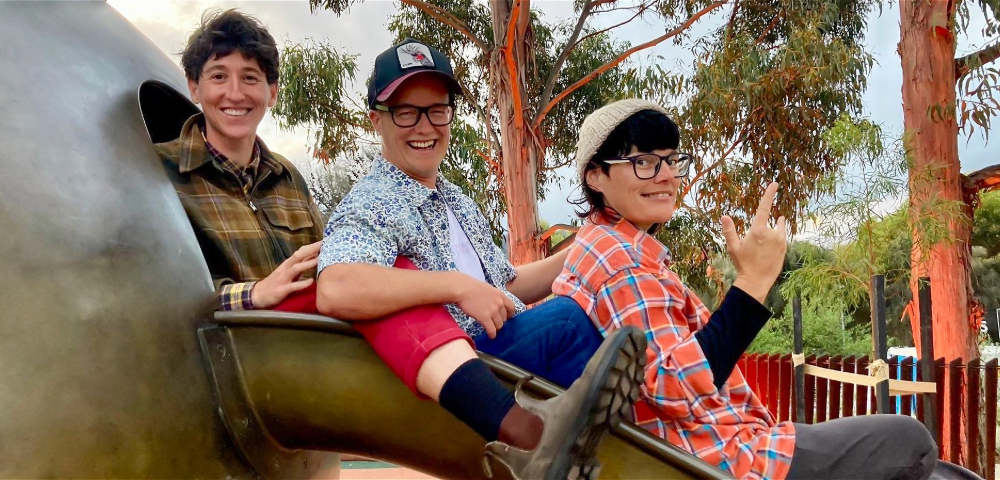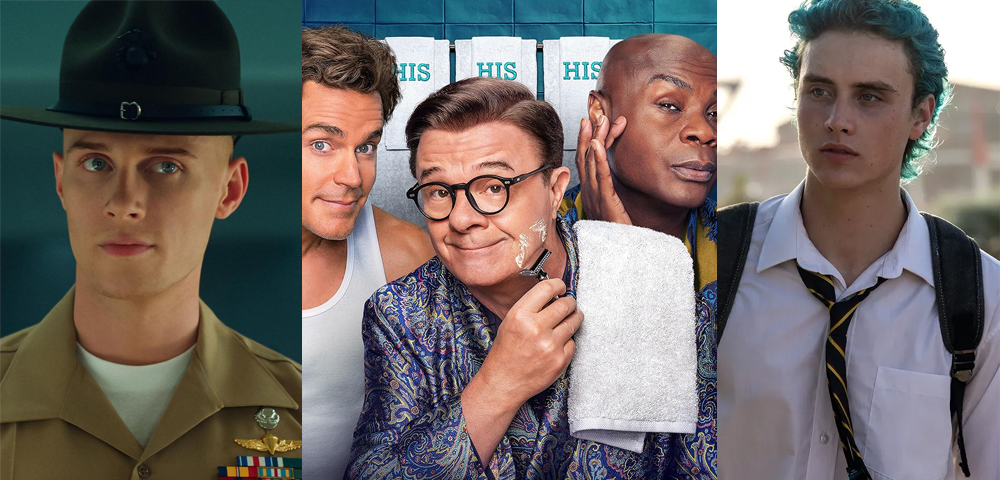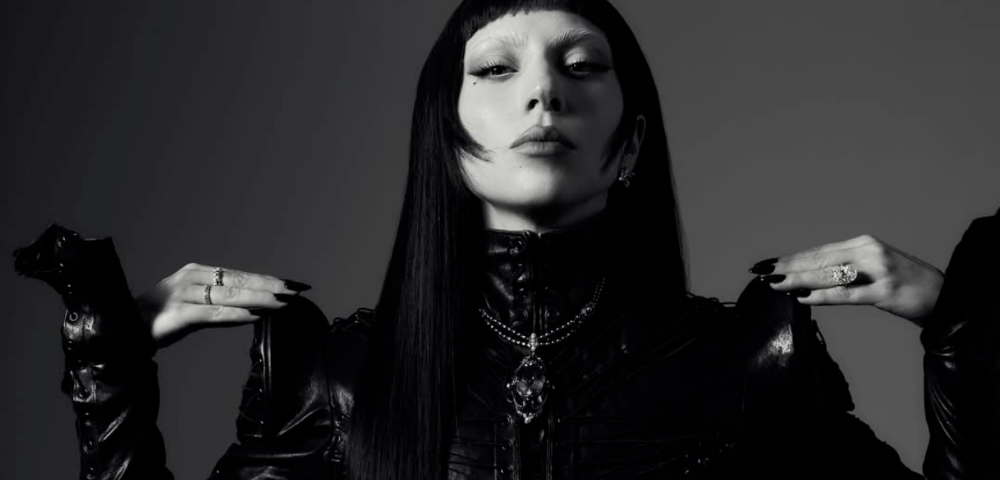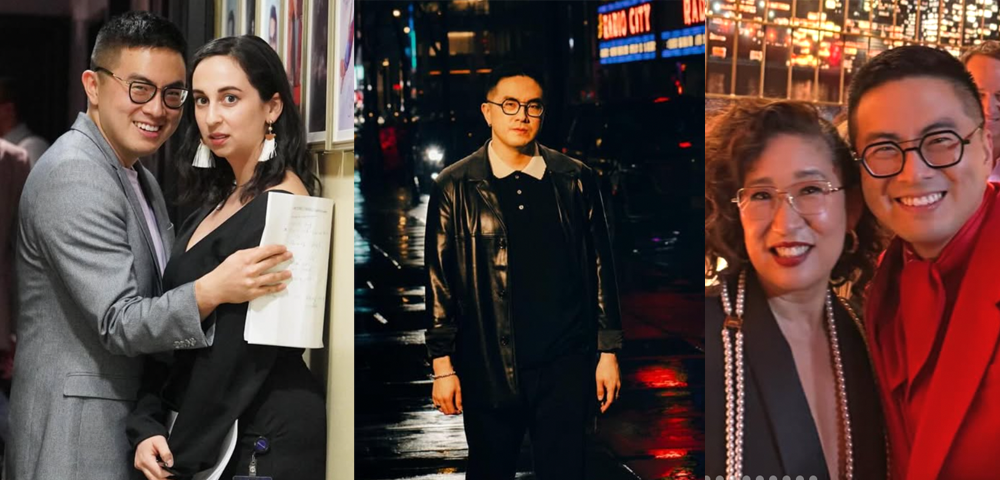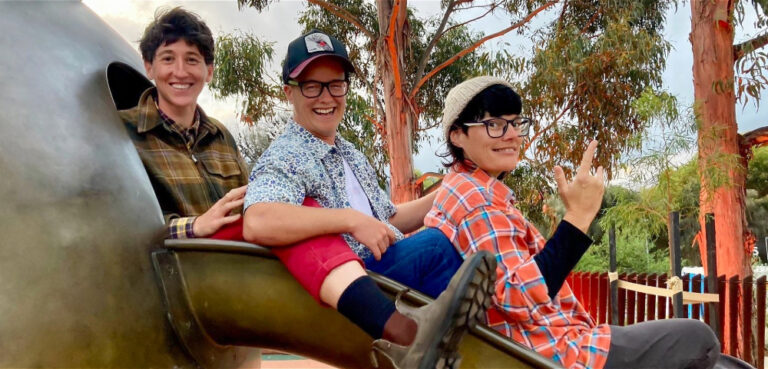
JoJo Zaho On Bringing Diversity And A ‘Solid Middle Finger’ To The Drag Stage
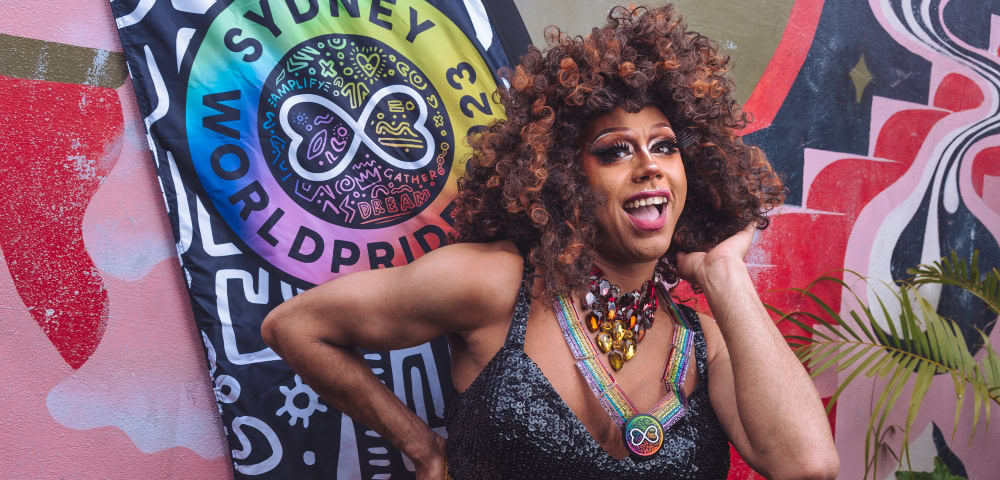
JoJo Zaho launched herself onto the International drag scene after competing in the first season of RuPaul’s Drag Race Down Under.
Star Observer sat down with this iconic, First Nations Queen to discuss what makes her tick.
Drag Origin Story: ‘A Petty Reason Really’
When asked to recall her Drag origin story, JoJo said, “It was a petty reason really.” In 2015, remarks from a Dubbo council member, stating, “Homosexuality is not a part of Indigenous culture,” sparked JoJo’s call to action.
“As a solid middle finger, I decided to walk down main street during a pride march in a dress made out of the Pride flag and Indigenous flag,” JoJo recalled.
Her career only snowballed from there.
RuPaul’s Drag Race Down Under
JoJo’s first big break came in the 2018 Miss First Nations pageant, where she came home with Miss Photogenic and Miss National Costume.
This was obviously not the last time JoJo dipped her patent pumps into the competition pool, making her International debut on the first season of RuPaul’s Drag Race Down Under.
JoJo had a glowing review of her experience on set.
“It’s like watching an episode through a VR headset. It’s so surreal!” JoJo said.
“Everyone was incredibly lovely,” she remembers, especially Michelle Visage who gave her the longest hug after her, arguably, premature elimination.
Regardless, JoJo still achieved everything that she’d set out to accomplish, a feat not many people can identify with.
“The biggest thing for me was to make sure that I used however long or little time that I had, to talk about some important topic in regard to First Nations communities. I felt a responsibility to represent my culture on such a huge platform. I felt like it was what needed to be done.”
JoJo continued, “The two costumes that, ultimately sent me home, were the costumes I had planned to represent Indigenous culture. So, when I got eliminated, I was sad, but then it kind of dawned on me that I got to do everything I wanted to do.”
Making Drag Spaces More Diverse
Transforming Drag spaces to become more diverse and inclusive has been a long process. But platforming First Nations and Queens of colour on international broadcasts such as Drag Race is a solid “foot in the door” as JoJo puts it.
“It gives [audiences] a better understanding. For non-indigenous viewers, who had no idea what First Nations Australia would be about, my goal was to visually describe it.
“Representation isn’t only about education, it’s about showcasing diverse entertainers so that every viewer can find someone that they identify with. I got so many beautiful messages, not just from Australia, but indigenous people in Canada and America who were incredibly happy to see indigenous culture,” JoJo said.
JoJo’s final look on the show was a bedazzled bustier cloaked in a black cape, which she reversed to unveil the words, “Always was, Always will be.”
View this post on Instagram
When asked how she hoped to see the Drag and Queer communities continue to diversify JoJo said, “I’ve gotten a lot of gigs, unfortunately, because of some tokenistic aspect. However, it’s a foot in the door for me. And that means that the next person that comes along, they don’t have to jam their foot in the door like I had to.”
JoJo continued, “I think the best way to do it is to create safe spaces with performers of different backgrounds, different ethnicities to give all of the audience someone that makes them feel represented on stage. I think that kind of thing encourages a lot more queer people of colour to engage in those spaces.”
